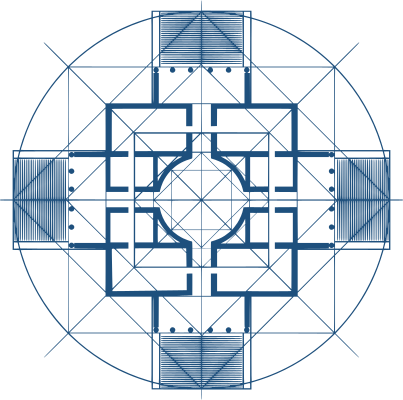Abstract
The Covid-19 crisis revealed to be particularly lethal for older frail people. Such emergency, more critical in a scenario of diffused demographic ageing, stresses on the importance of protective measures toward older frail subjects, defining the early detection of frailty and of its predictive social factors among elderly population as a priority for the whole public health system. This paper describes the results of a study assessing the association of frailty with factors of social exclusion by means of a survey on a population-based sample of 1,354 community-dwelling older residents living in Genoa, Italy. Focusing on a multidimensional conceptualization of frailty, the individual’s physical and cognitive state resulted associated with higher levels of social vulnerability and perceived isolation, reproducing patterns of marginalization and exclusion and confirming the hybridization of multiple factors of socioeconomic weakness as main predictors of mortality among older frail people. Our results underline the need of combining early screening of frailty and its social predictors in a preventive approach in order to identify in the short term the most exposed profiles, as well, in the long term, once settled the emergency, the need of a multimodal intervention against geriatric frailty to offer better protection against major risk of mortality due to Covid-19.
Keywords
Download
Pandolfini V., Poli S., Torrigiani C. (2020) "Frailty and Its Social Predictors Among Older People: Some Empirical Evidences and a Lesson From Covid-19 for Revising Public Health and Social Policies
", Italian Journal of Sociology of Education, 12(3), 151-176. DOI: 10.14658/PUPJ-IJSE-2020-3-8
Year of Publication
2020
Journal
Italian Journal of Sociology of Education
Volume
12
Issue Number
3
Start Page
151
Last Page
176
Date Published
10/2020
ISSN Number
2035-4983
Serial Article Number
8
DOI
10.14658/PUPJ-IJSE-2020-3-8
Section
Special Section

 © 2025 Padova University Press - Università degli Studi di Padova
© 2025 Padova University Press - Università degli Studi di Padova